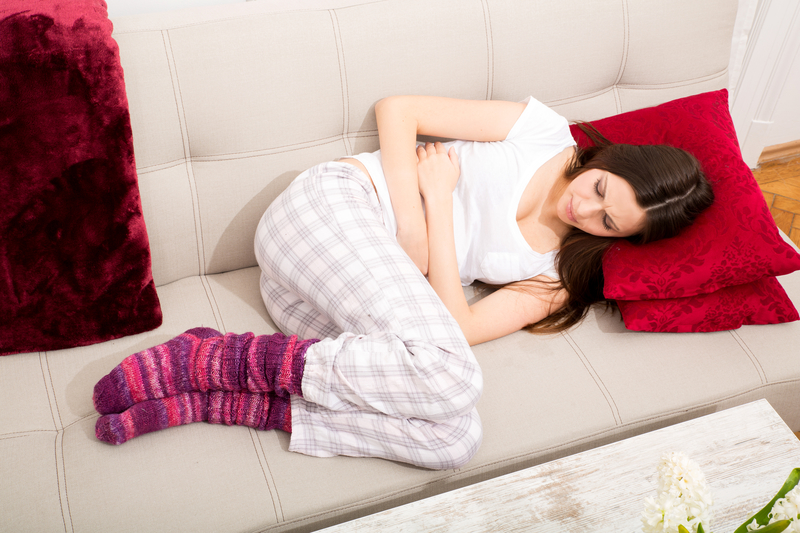Lara Briden is a Sydney naturopath with more than 20 years experience. She is also the author of the bestselling book, Period Repair Manual, which is every woman’s guide to better periods and alternatives to hormonal birth control.
Dance Informa had the opportunity to ask Briden a series of questions focussing on female dancers.
How and why might a teenage or any age dancer stop having their period?

This mainly occurs in younger women who don’t eat enough to keep up with their energy output. When there is not enough food, a part of the brain called the hypothalamus switches OFF for ovulation, and you will not have your monthly period. It’s not malfunctioning; it’s protecting you from falling pregnant due to insufficient food and nutrients.
There is a specific term used for high performance athletes who stop having their periods, or who have periods that are typically more than 40 days apart. It’s called REDS, or Relative Energy Deficiency in Sport.
Dancers themselves, being high performance athletes, are a group at risk of developing this deficiency if they diet excessively while trying to maintain low body fat.
“Your body requires a certain amount of food, and not just enough calories but particularly sufficient carbohydrates,” Briden explains. “A low carbohydrate keto diet is really not appropriate.”
What are the potential short- and long-term consequences?
Losing your period for more than a few months is bad for your health. In the short term, it can affect energy and mood because, without ovulation, you can’t make hormones. In the long term, the lack of oestrogen can compromise bone health and have negative effects on the brain and the cardiovascular system. Years of having no periods can increase the risk of dementia later in life.
And how can we kickstart our periods again?
If the situation goes on for more than three months or your cycle is longer than 45 days, something needs to change. Seek the advice of your doctor and potentially a dietician who is familiar with REDS.
The dietician should calculate calories eaten, your lean body mass and advise stepping up the number of calories you eat. Three thousand calories per day is an average range, but this varies from person to person. And it could take up to six months before your periods return.
A word of warning from Briden: “If your GP prescribes the birth control pill to ‘fix’ the situation, please consider getting another opinion.”
Why a second opinion?
“The pill is not a treatment for not having your period,” Briden says. “Pill bleeds are not menstrual cycles. Instead, they’re withdrawal bleeds from contraceptive drugs, meaning the pill. There was some evidence in the past that taking oestrogen could help in some cases, but the oestrogen in the pill is not the same as your own oestrogen, and it is no longer recommended. It’s vital to know that the pill does not help with recovery from REDs, although it might seem to initially.”
Briden continues, “The other reason for not taking the pill is that, very importantly, it can mask the problem of no monthly periods. You won’t realise your own ovulation system has shut down because the drugs are forcing a bleed.”
Anything else dancers should be aware of in relation to this issue?
“Any restrictive diet can be a problem,” Briden notes. “For example, vegan and low-carb diets are not recommended, as they cannot provide all the nutrients that are required for a young active woman to be able to have her period.”
Lara Briden is a Sydney Naturopathic Doctor with more than 20 years experience in Women’s Health. She is also the author of the Period Repair Manual, now in its second edition. You can keep up with all the latest information from Lara by subscribing to her blog at www.larabriden.com.
By Elizabeth Ashley of Dance Informa.















